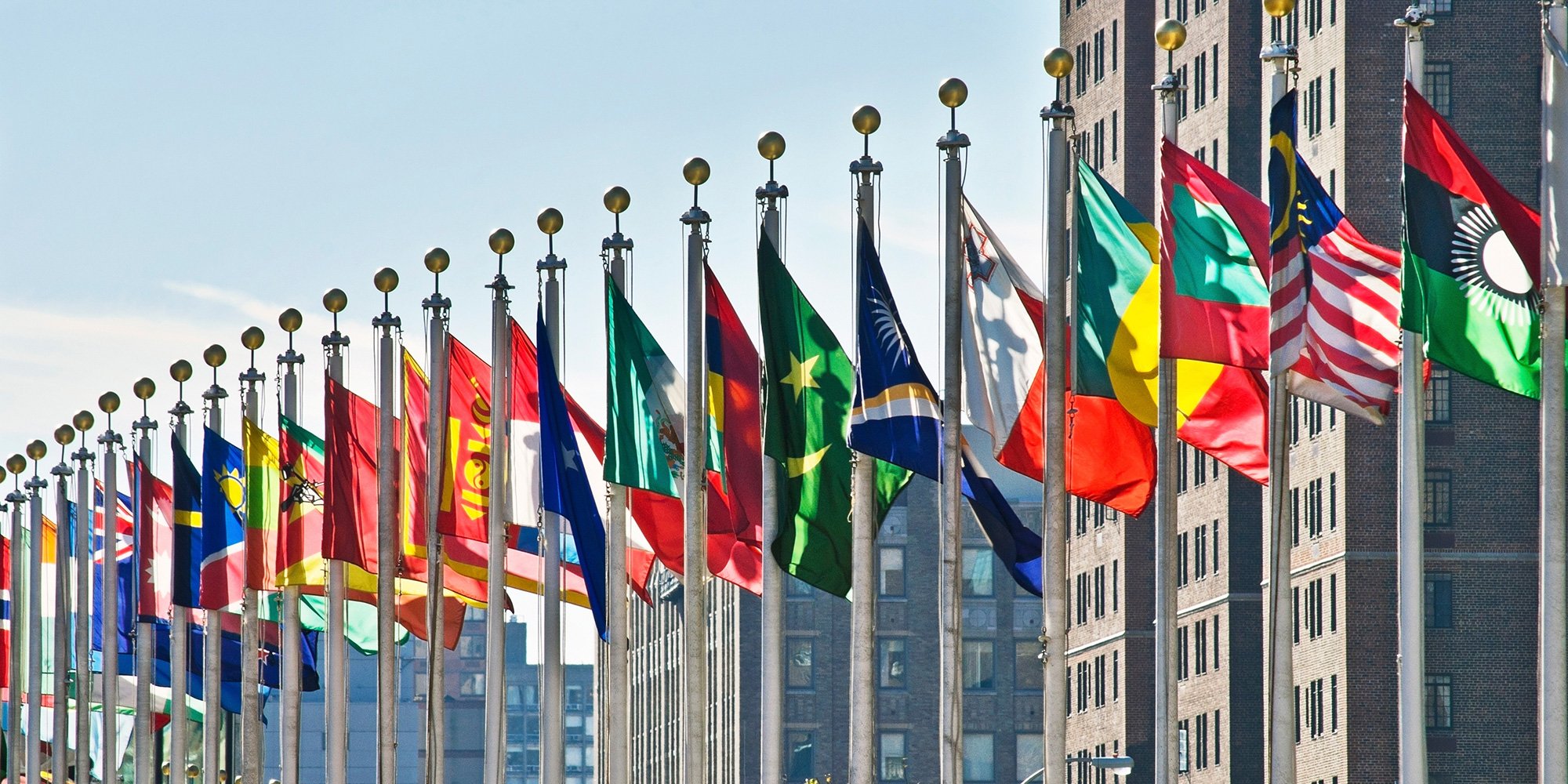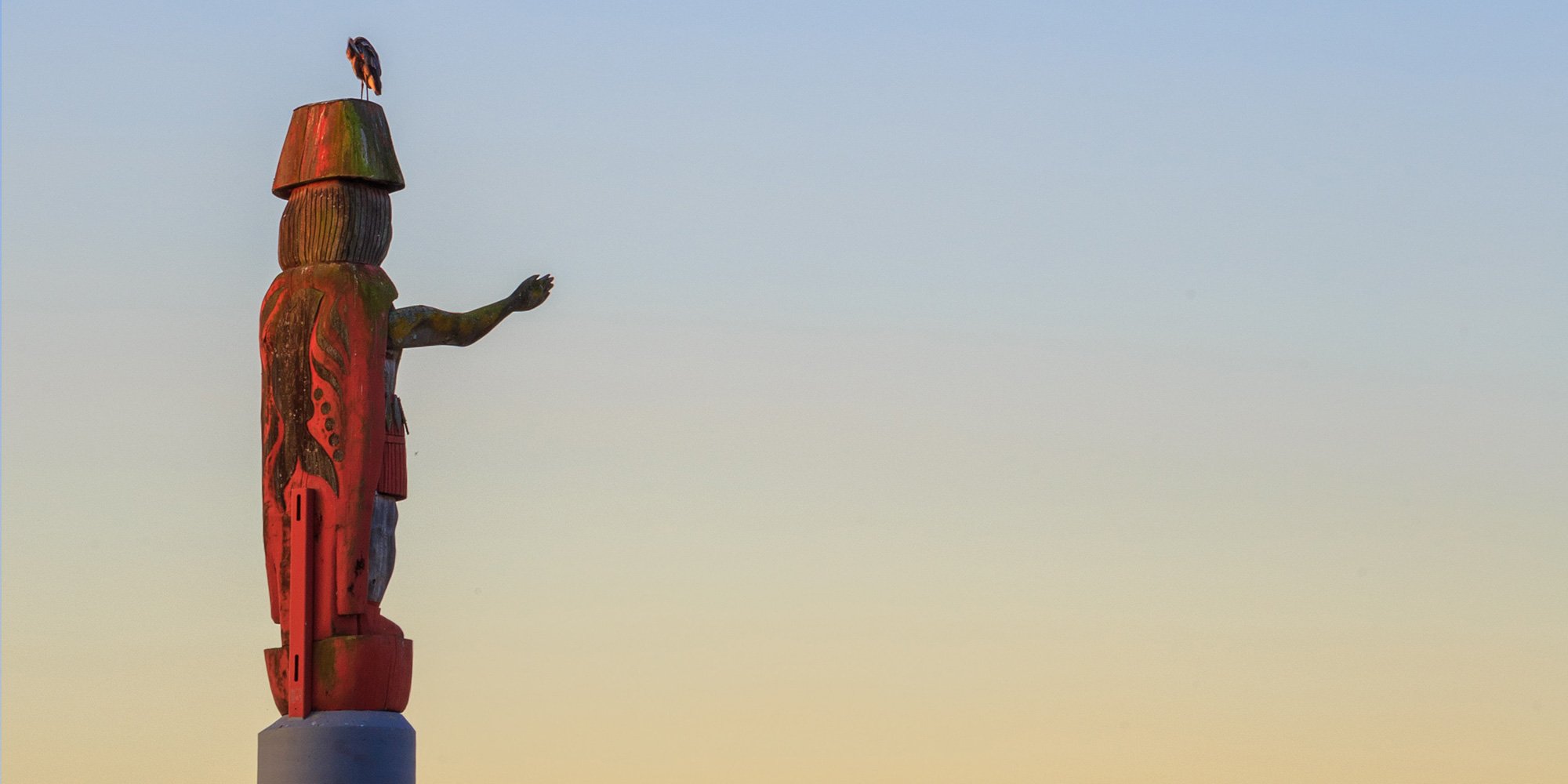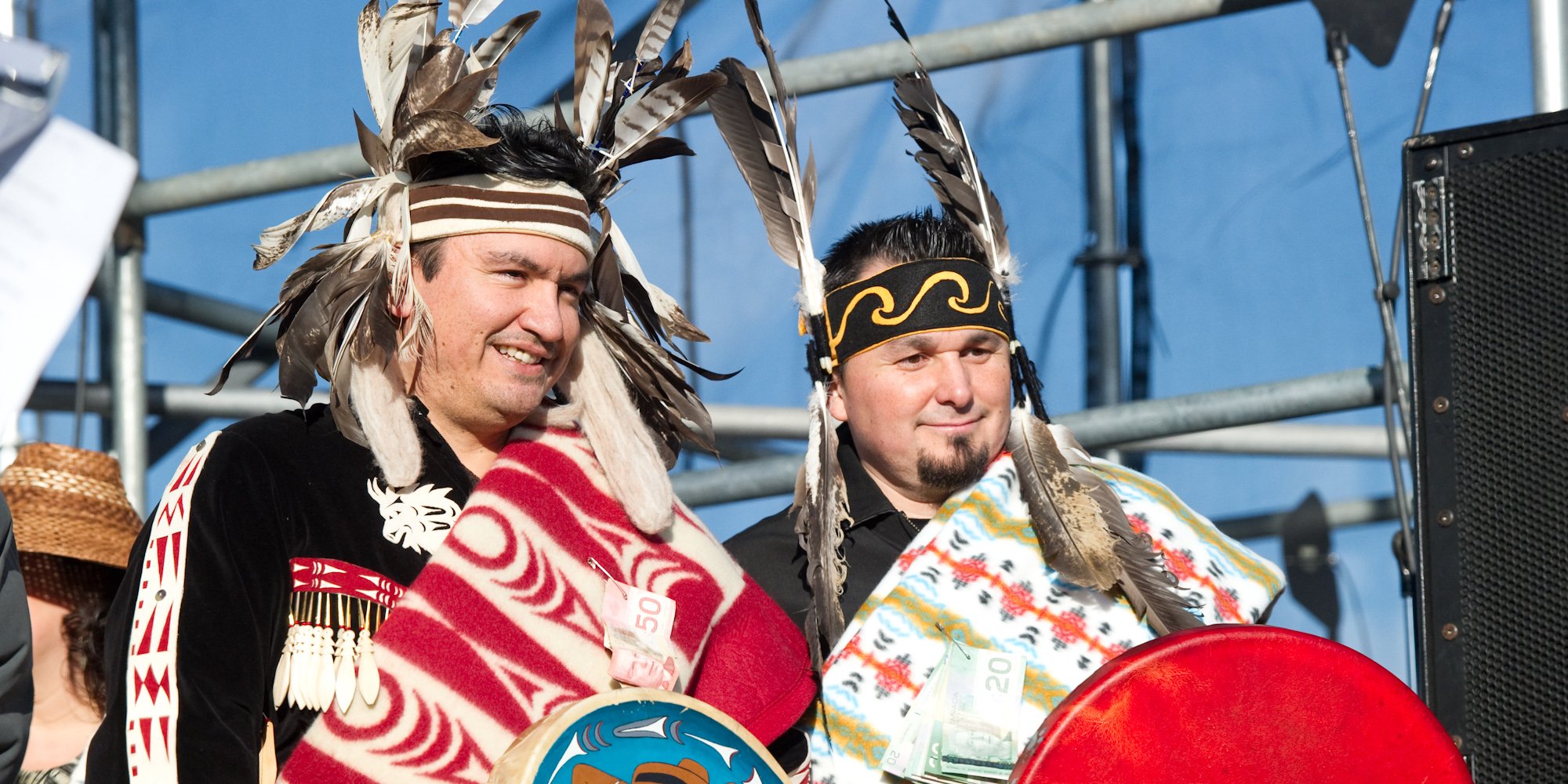Indigenous vs. Aboriginal
Indigenous vs. Aboriginal - what does it mean for business? We received this timely question from an onsite client and newsletter subscriber: The...

On June 21, 2021, the United Nations Declaration on the Rights of Indigenous Peoples Act (DRIPA) received Royal Assent and immediately came into force. In doing so, Canada took a substantive step towards ensuring federal laws reflect the standards set out in DRIPA. There are many questions about DRIPA, so we answer the most common ones in this article.
The Declaration is an international human rights instrument adopted by the UN General Assembly following over two decades of negotiations. It sets the minimum standard for the treatment of Indigenous people and states that the rights contained within it “constitute the minimum standards for the survival, dignity and well-being of the indigenous people of the world.” The Declaration contains 24 preambular paragraphs and 46 articles. It is a significant milestone in the march to protect and promotion of Indigenous rights.
The UDHR was drafted in 1946 after the horrific atrocities of WWII, but Indigenous people were not invited to participate.
To provide a mechanism to protect Indigenous peoples' individual and collective rights and their rights to culture, identity, language, employment, health, education, protection of traditional lands, and other issues. The Declaration includes many provisions relating to Indigenous peoples' right to participate in decision-making.
Article 26 states, “Indigenous peoples have the right to own, use, develop and control the lands, territories and resources they possess by reason of traditional occupation or use, as well as those which they have otherwise acquired.” This right includes the relationship to coastal seas and waters, protecting them for future generations.
Yes, FPIC is dealt with extensively.
Article 18:
Indigenous peoples have the right to participate in decision-making in matters which would affect their rights through representatives chosen by themselves per their own procedures, as well as to maintain and develop their own indigenous decision-making institutions.
Article 32:
- Indigenous peoples have the right to determine and develop priorities and strategies for the development or use of their lands or territories and other resources.
- States shall consult and cooperate in good faith with the indigenous peoples concerned through their own representative institutions in order to obtain their free and informed consent prior to the approval of any project affecting their lands or territories and other resources, particularly in connection with the development [2] (emphasis added).
The concern for Canada centred not on the overarching principles of the UNDec, but rather on its actual text, which opened the question of veto or no veto.
In a statement to explain its vote at the UN General Assembly, Canada expressed its disappointment in voting against a document that it had been an active participant in developing for over 20 years. During that time, Canada helped galvanize international efforts towards creating a declaration that would promote and protect the rights and freedoms of every Indigenous person, as well as recognize their collective rights around the world.
The areas of greatest concern for the Government of Canada were those provisions dealing with lands, territories and resources; free, prior and informed consent when used as a veto; self-government without recognition of the importance of negotiations; intellectual property; military issues; and the need to achieve an appropriate balance between the rights and obligations of Indigenous peoples, Member States and third parties.
Now that Canada has passed Declaration on the Rights of Indigenous Peoples Act, the needle seems to be moving beyond some of these areas of greatest concern.
Featured photo: Shutterstock

Indigenous vs. Aboriginal - what does it mean for business? We received this timely question from an onsite client and newsletter subscriber: The...

Indigenous relations is an evolving field, especially now in light of the federal government’s commitment to negotiation on a nation-to-nation basis....

As an Indigenous relations trainer, I strive to maintain a positive attitude that we are making progress on reconciliation. There are setbacks but I...